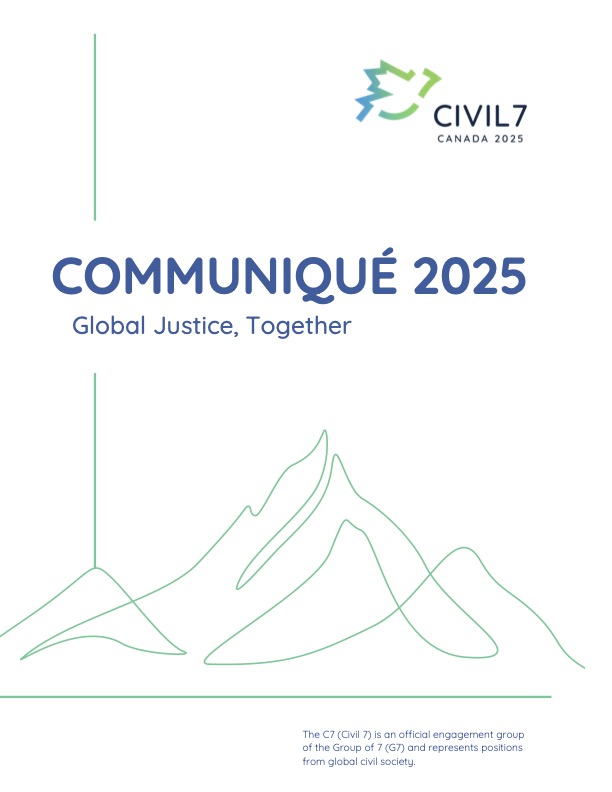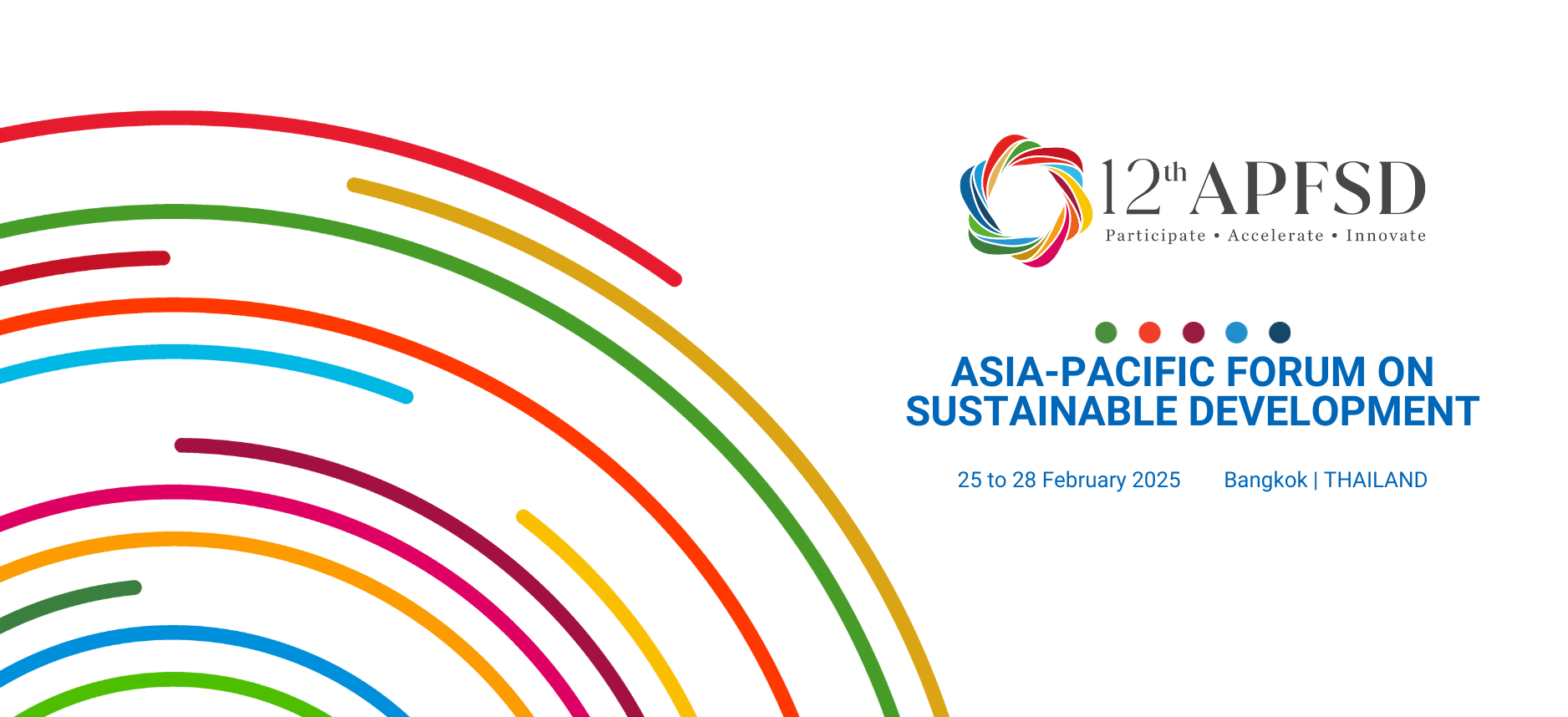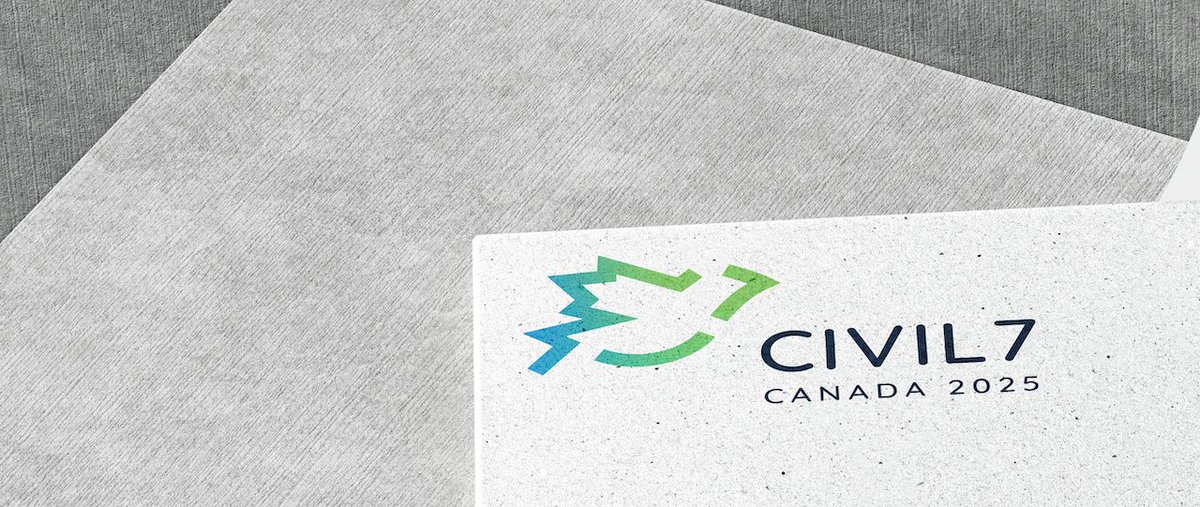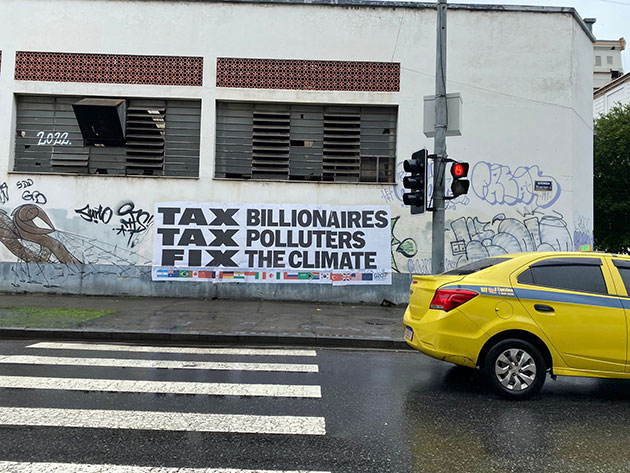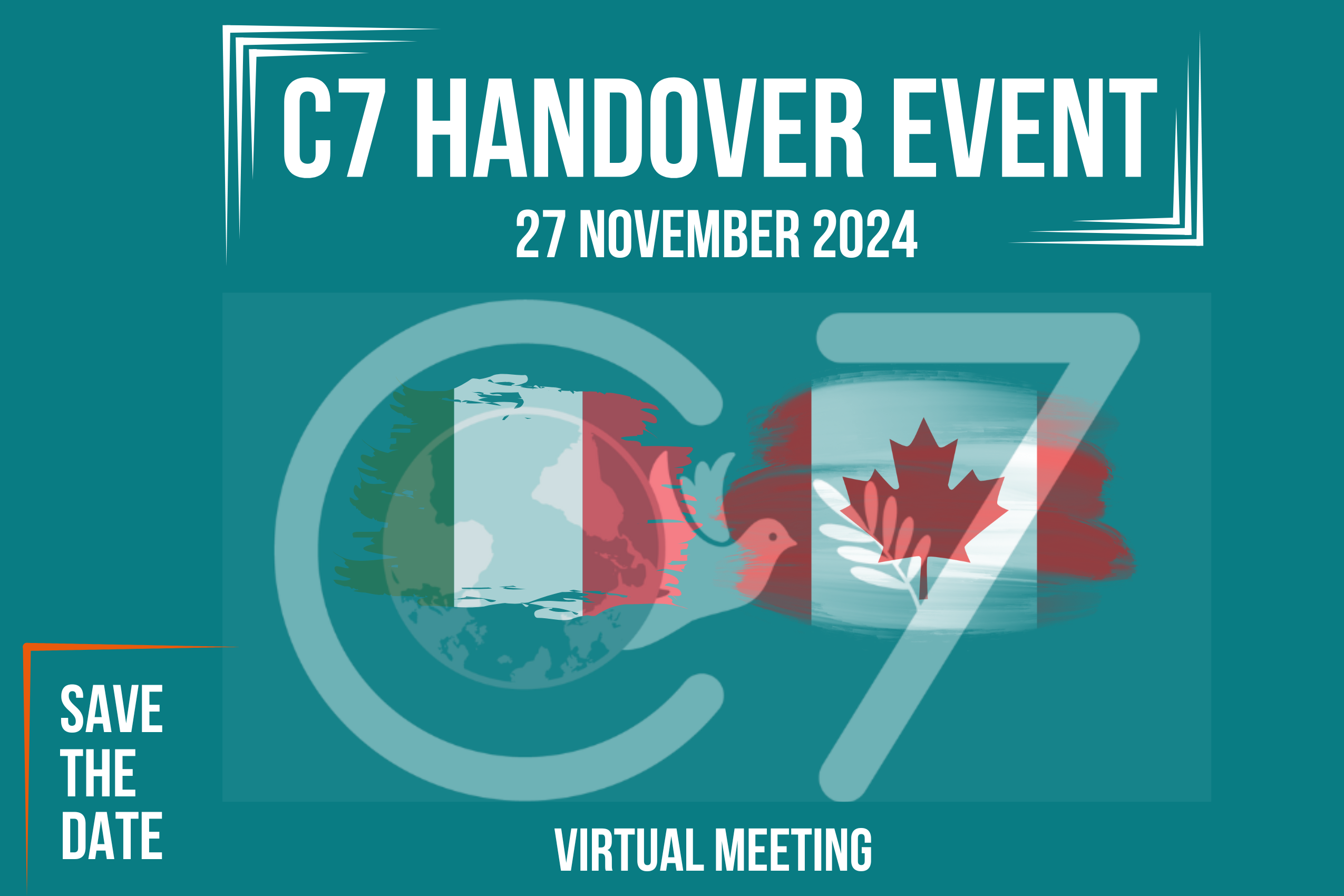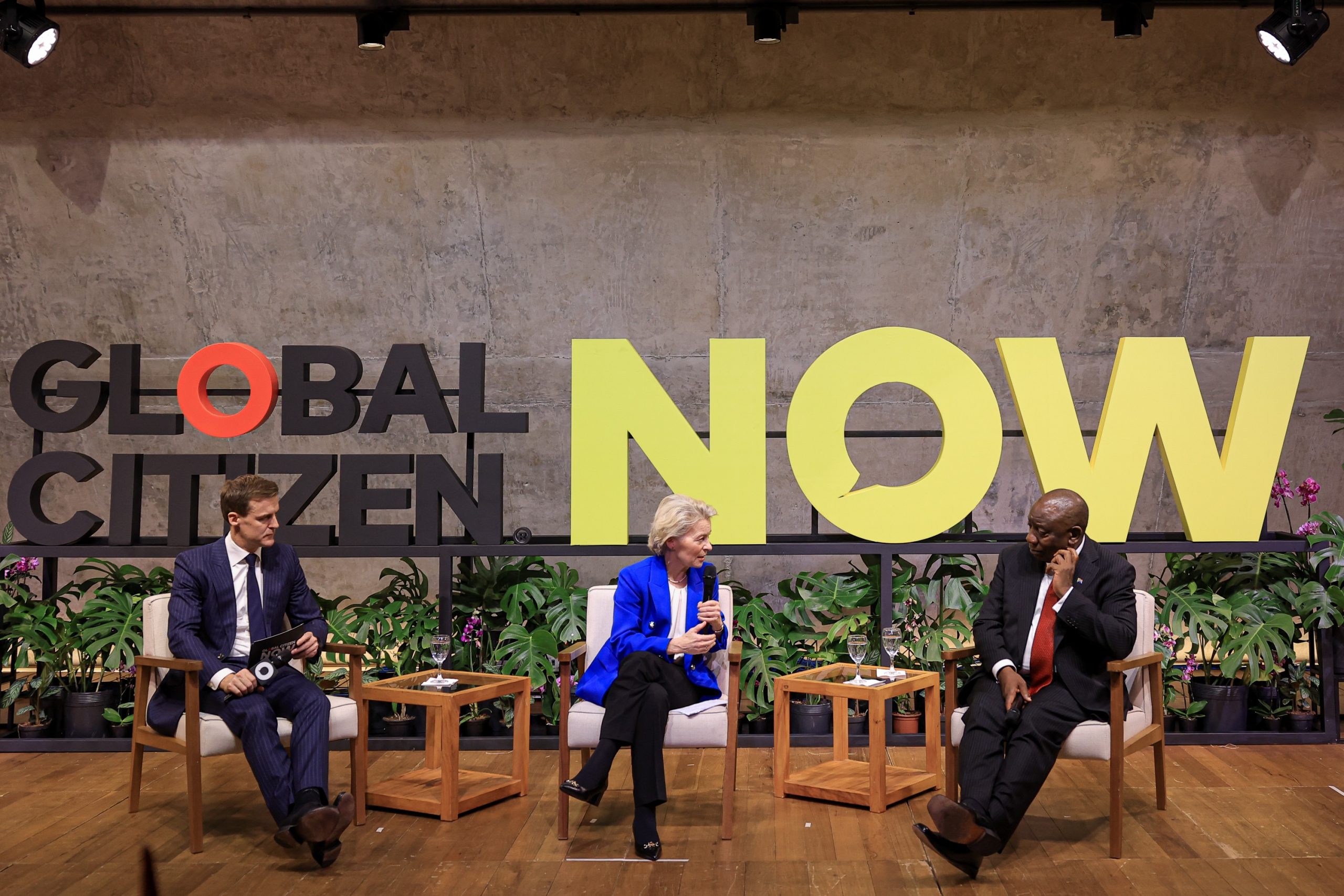2024年05月31日(Fri)
The Reality of Aid Report 2023: 30 Years of Amplifying Southern Voices
Research
THINK Lobby Library
 Akio Takayanagi
Akio Takayanagi
Download the report here.
The Reality of Aid is an international NGO network of NGOs/CSOs from around the world that critically examines Official Development Assistance (ODA) from developed countries from a civil society perspective. JANIC contributed to the first report in 1993, with Akio Takayanagi (now Policy Advisor), who was on staff at the time, writing a report on Japan, and has contributed to most issues since then.
The network began to include NGOs from ODA-recipient countries in the South in the mid-1990s, and moved its secretariat to the Philippines in the 21st century, with the reports rather emphasising the perspective of civil society in the South. However, work on the 2020/21 edition was delayed due to the COVID-19 pandemic, and the 2023 Report, which marks the 30th anniversary, was also published later than originally planned, on 23 May 2024.
The 2023 Report consists of a chapter reviewing changes in ODA over 30 years, a chapter on global trends based mainly on 2022 data, a chapter on perspectives from three southern regions – Africa, Latin America and the Caribbean and Asia-Pacific, a chapter on ODA in EU countries and a chapter on ODA in non-EU countries. Takayanagi was responsible for the chapter on ODA in non-EU countries.
In the chapter on ODA in non-EU countries, Takayanagi stated the followings;
- Non-EU countries are the countries that have not joined or left the EU (Iceland, Norway, Switzerland and the UK), North American countries (Canada and the US) and Western Pacific countries (Australia, Japan, South Korea. New Zealand), comprising three sub-categories.
- Of the non-EU countries, only Norway meets the international target of 0.7% of ODA to GNI. Among non-EU countries, only two countries, Australia and New Zealand, had lower ODA in 2022 than in the previous year, while the other countries increased.
- In 2022, DAC members’ ODA increased significantly by 13.6% due to the crisis triggered by Russia’s aggression against Ukraine, which led to a one-year increase in in-country refugee assistance (In-donor refugee costs / IDRC – DAC members can report the costs of assisting refugees admitted to their country as reportable as ODA, one year only) and due to a significant increase in humanitarian and reconstruction assistance to Ukraine.
- Among non-EU countries, some European and North American countries have IDRC ranging from 8% to as high as 30%, such as Switzerland and the UK. Meanwhile, among Western Pacific countries, Australia does not report an IDRC, New Zealand has an IDRC of around 2 per cent, and Japan and South Korea are not actively accepting refugees with an IDRC of less than 0.6 per cent.
- The top four DAC countries in terms of ODA to Ukraine are the USA, Canada, Japan and Norway, all non-EU countries. Canada provides 26% of each country’s ODA to Ukraine, while Iceland, Norway and the USA also provide over 19%, while Japan provides 4.3%, which is lower than the other Western Pacific countries.
- A similar trend can be seen in non-EU countries, although COVID-19-related assistance also decreased from 11.8% (in 2021) to 5.5% of ODA in the DAC as a whole. In this context, Japan’s COVID-19-related assistance stands out as the highest share of total ODA (18.8%) among DAC countries, and the UK doubled its surplus vaccine donation.
- Loans from DAC countries amounted to USD 14.2 billion in 2022, of which Japan accounted for USD 9 billion, or 63%. Other major non-EU donors of loans are Canada and the Republic of Korea.
- In terms of geographical distribution, non-EU European and North American countries focus on Sub-Saharan Africa, while Western countries have a larger allocation to the Asia-Pacific region.
- In sectoral distribution, Japan is the only country that places more emphasis on economic infrastructure (e.g. transport, communications and energy) than on social and administrative infrastructure (e.g. health, education, water supply, government and civil society). The Republic of Korea also has more than 30% of its ODA in economic infrastructure, but social and administrative infrastructure is larger.
- Japan has the highest share of climate change-related ODA in total ODA (72%). There is no particular trend common to non-EU countries or to the three sub-categories.
- In 2023, Japan and Australia revised their basic ODA policy documents (in the case of Japan, the Development Cooperation Charter), while the UK and South Korea also reviewed their basic ODA policies, all in the direction of increasing links with their own trade and security policies, among others.
It is clear that the Ukrainian crisis has boosted ODA figures, but it remains to be seen whether the amount of ODA will be increased towards the international target of 0.7% of GNI after the crisis is over. The ‘free and open Indo-Pacific’ has been emphasised in the revised ODA policy documents of Japan and Australia, and is also mentioned in the foreign policies of the US and Canada, and CSOs nees to monitor the ‘instrumentalisation of aid’, such as strengthening the links between ODA and diplomacy, security and trade.

Akio Takayanagi
Akio Takayanagi
Policy Advisor, JANIC / Professor, Ferris University



 シェアする
シェアする
 ツイート
ツイート

